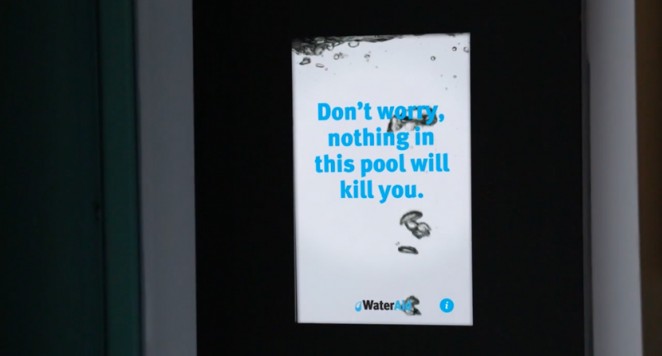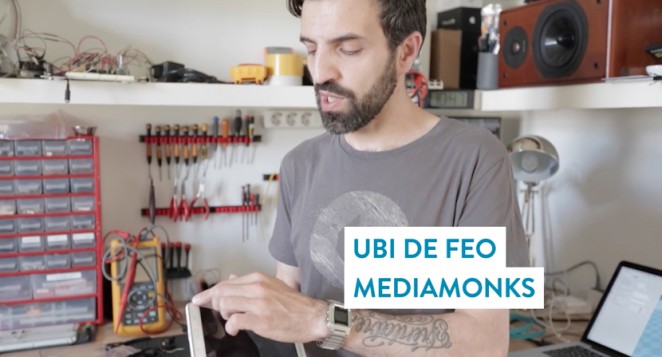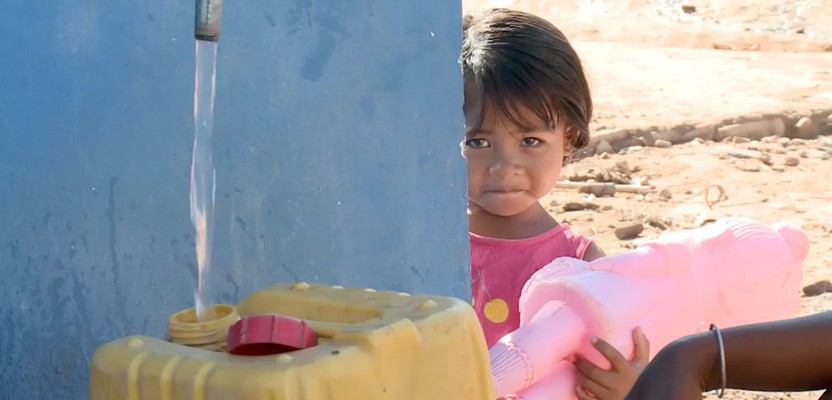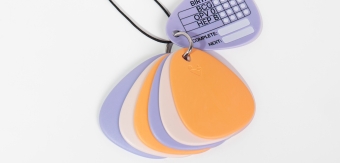An ingenious new device from Proximity London hopes to revolutionise charitable giving. The “Hope Locker” marries a video display to a coin operated changing room locker in a manner I'm actually surprised hasn't been done before, but then isn't that always the case with the best ideas? You simply insert your pound coin in order to secure your belongings and release the key as per normal, except a video guides your way. When you return to get changed again, instead of simply releasing your coin, you’re first asked if you’d like to donate it to charity. This might seem initially like a bit of a cheeky proposition, but by using the power of context, it's actually hyper-relevant and empathetic. Proximity London partnered with WaterAid and targeted the fitness industry. Being a first-world luxury, personal fitness presents a moment of stark contrast with the developing world and the perfect opportunity to create an emotional connection with a donor and a cause.
“The Hope Locker really dials up the empathy, and our trials have shown this to be a powerful spur for donation”

When you return to the locker you are asked if you swallowed any water during your swim, which is something we all do our best to avoid, but is often unavoidable. You’re then served a personalised message telling you that in the exact time you were swimming, dirty water killed one child per minute in the developing world. It's humbling without being exploitative and confrontational, and considering the charge is only a quid a time, I'd imagine WaterAid will be getting donations from gyms and swimming centres up and down the country once the lockers are fully implemented. The idea (and it's a clever one) is that for the first time, rather than a charity asking you for money, you have to ask the charity for your money back. Something that is poignantly hard to do when you are caught in a moment so intrinsically linked to a given cause.

Hope Locker 2016
Working with the production agency MediaMonks, the first prototype locker was tested in Richmond at the end of 2015 and was designed using bespoke 3D software. Using a 3D printer, MediaMonks created self-contained hardware that connected the mechanics of the lock to an Android tablet, joining hardware and software together. Initial trials suggested that it could be a very lucrative source of income for charities like WaterAid, and by allowing the donor to register their details with the charity it also facilitates an ongoing relationship with the cause. Proximity is planning to roll out the technology to other venues in London once funding has been finalised.

“Proximity challenged us to produce a fully functional locker that could be implemented in real situations and venues”

John Treacy, Executive Creative Director at Proximity London said: “Would any of us choose to drink swimming pool water? No. Yet it’s cleaner than what most of the world are forced to drink every day. The Hope Locker really dials up the empathy, and our trials have shown this to be a powerful spur for donation to Water Aid.” Astrid van Essen, Managing Director at MediaMonks, added: “Proximity challenged us to produce a fully functional locker that could be implemented in real situations and venues as part of an ongoing campaign – something that could exist beyond a one-off promotional installation. The campaign’s concept is both disruptive and provocative, but it serves a great purpose. We’re always happy to develop new ways in which digital production helps promote charitable campaigns.”
“I love this idea – It’s really different and innovative, and there’s a clear link to our vision and values as an organisation”

Benjamin Hiorns is a freelance writer and struggling musician from Kidderminster in the UK.




